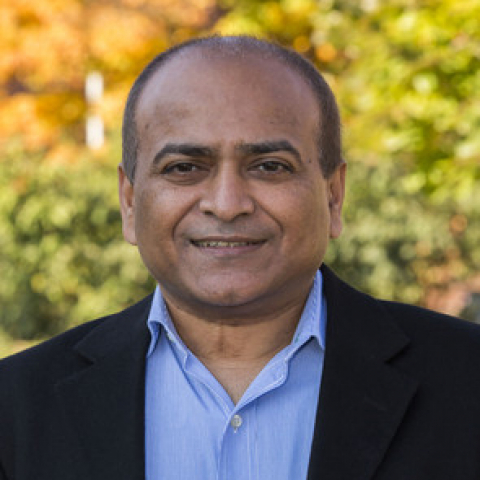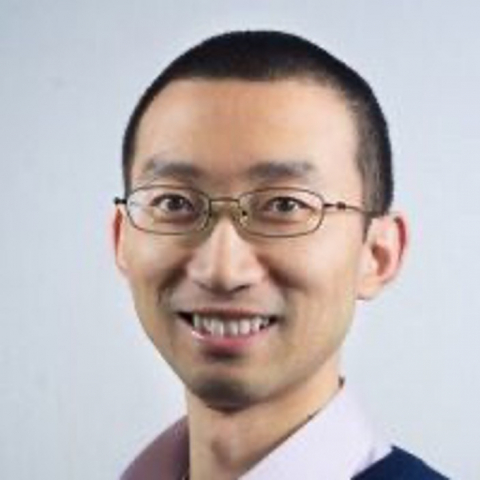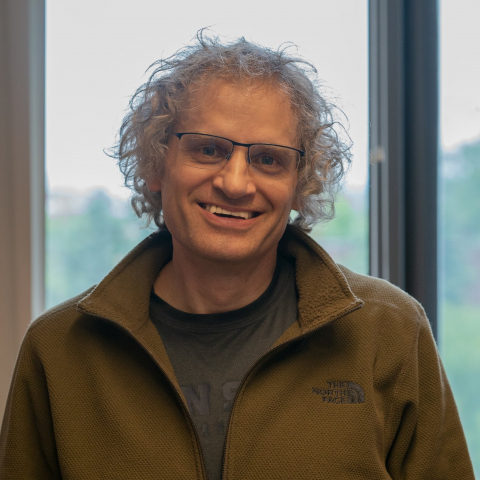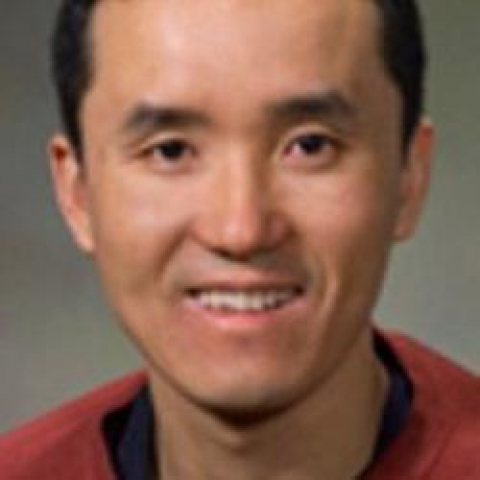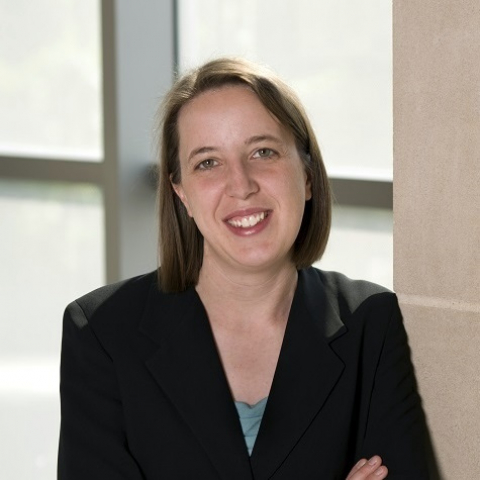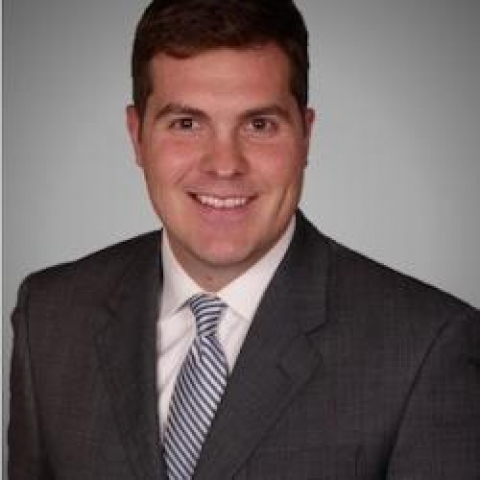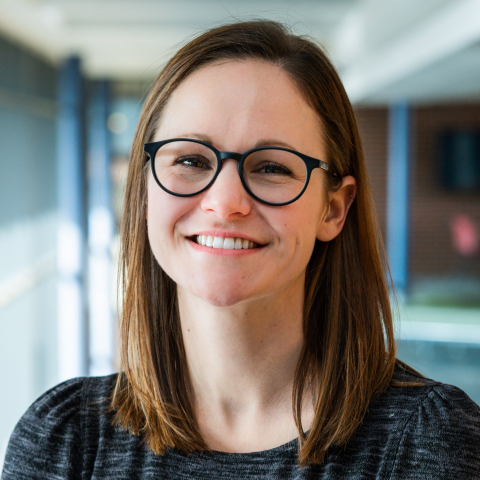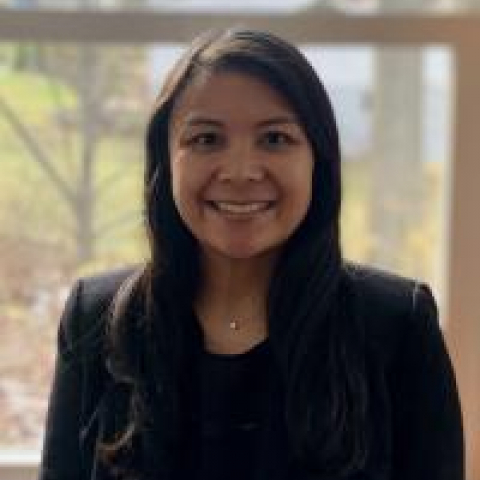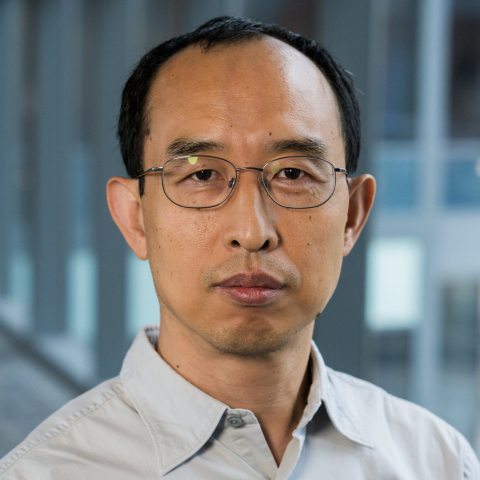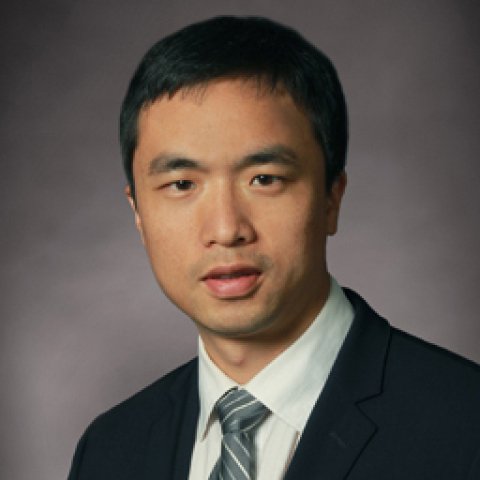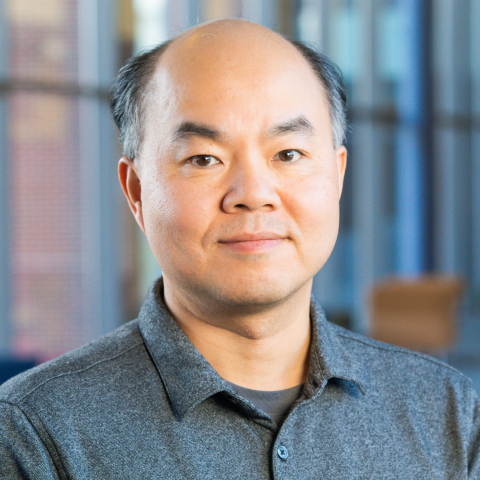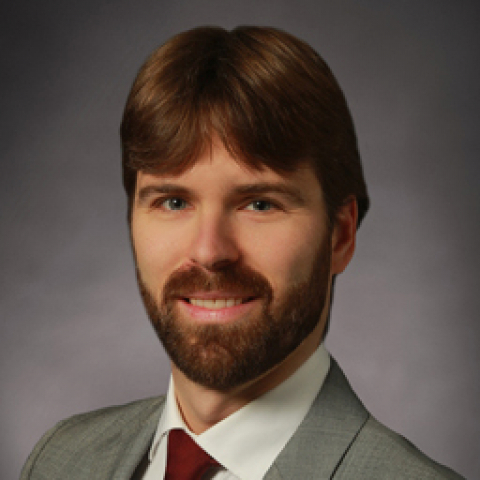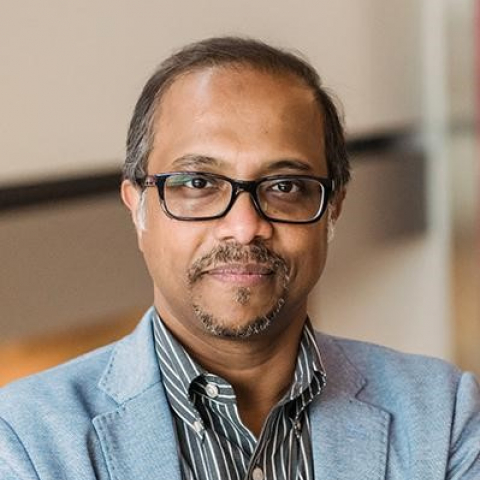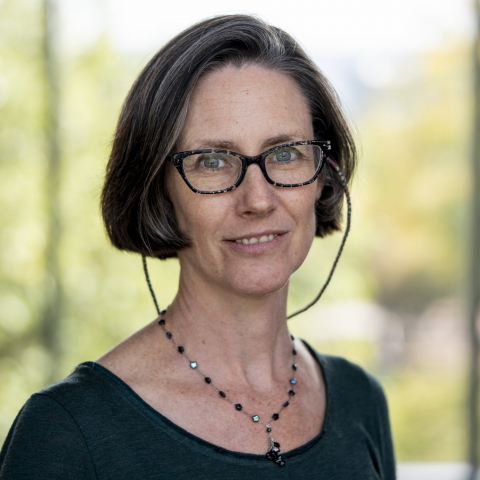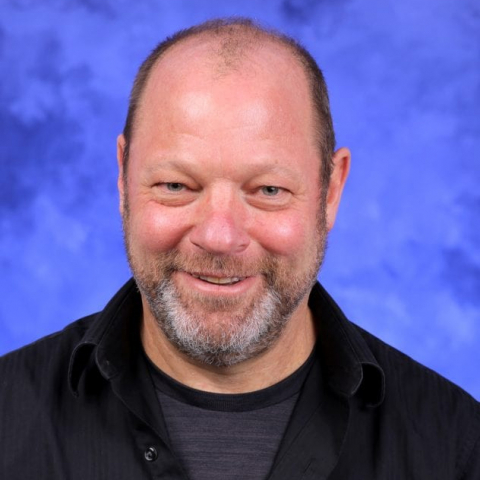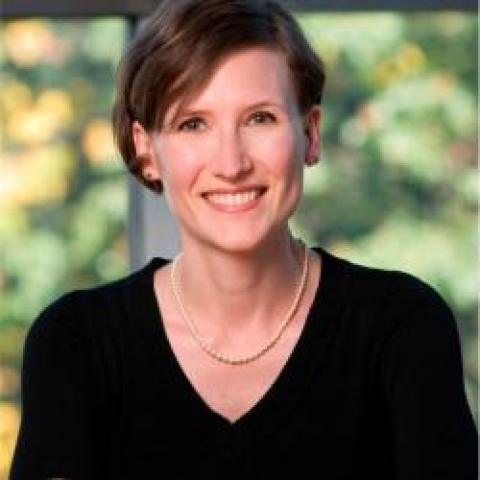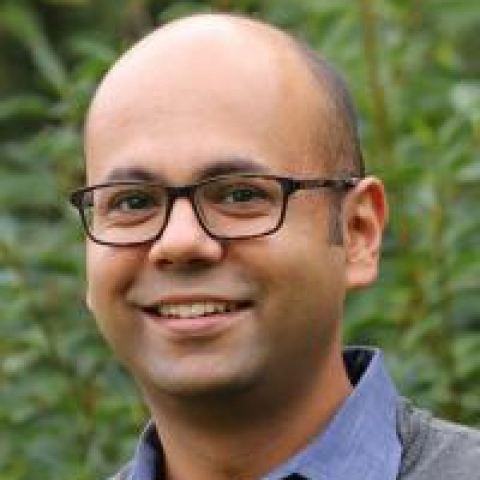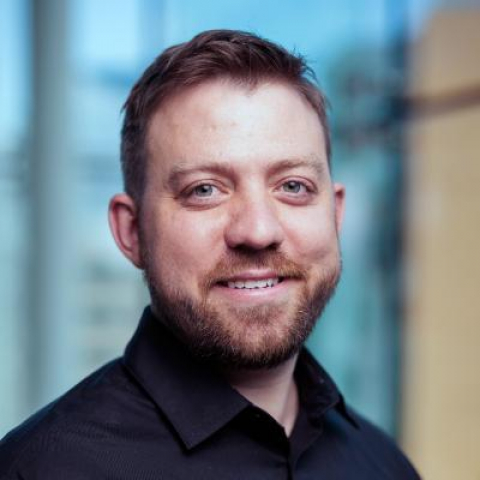Faculty
If you are a prospective graduate student interested in working with a faculty member, please contact them directly to find out if they are currently recruiting students.
Vasant Honavar
Huck Chair in Biomedical Data Sciences and AI; Professor and Edward Frymoyer Chair of Information Sciences and Technology
Statistical machine learning algorithms for predictive modeling; modeling and inference of biological networks; characterization and prediction of protein-protein, protein-RNA, and protein-DNA interactions.
Xiaogang Hu
Huck Chair in Neurorehabilitation; Professor of Mechanical Engineering, Kinesiology, and Physical Medicine & Rehabilitation
Neural-machine interface, somatosensory feedback, neural control of biological and bionic hands, neuromuscular disorder.
Timothy Jegla
Emphasis Area Representative, Molecular and Evolutionary Genetics; Associate Professor of Biology
Functional evolution of eukaryotic ion channels and evolution of neuronal signaling and cell structure.
Dezhe Jin
Associate Professor of Physics
Computational models of neural basis of motor control and learning; theoretical analysis of biological neural networks.
Helen Kamens
Assistant Professor of Biobehavioral Health
Identification of genetic mechanisms that contribute to complex behaviors with a special emphasis on alcohol and tobacco use.
Reuben Kraft
Professor of Mechanical Engineering
Computational methods and high performance computing to examine brain neurotrauma biomechanics; human structural connectome analysis using physics-based predictions of biomechanical brain injury.
Janine Kwapis
Director of the Center for Molecular Investigation of Neurological Disorders; Associate Professor of Biology
Molecular and epigenetic mechanisms underlying learning and memory and age-related memory impairments.
Nina Lauharatanahirun
Assistant Professor of Biobehavioral Health and Biomedical Engineering
Using computational modeling, behavioral economic paradigms, and functional neuroimaging (fMRI/EEG) to understand the neural and behavioral mechanisms underlying health risk behaviors across the life.
Aimin Liu
Associate Professor of Biology
Biogenesis and function of cilia in mammalian embryonic development.
Yingwei Mao
Professor of Biology
Regulation of neurogenesis using cellular and mouse models; analysis of abnormal neural progenitor cell (NPC) proliferation and its relationship to mental illnesses; identification of drugs that can reverse mouse models of psychiatric disorders.
Jean-Michel Mongeau
Assistant Professor of Mechanical Engineering and of Biomedical Engineering
Dipanjan Pan
Huck Chair Professor in Nanomedicine; Professor of Material Science and Engineering; Professor of Nuclear Engineering
Frank Ritter
Professor of Information Sciences and Technology, Psychology, Cognitive Science
Modeling effects of stress and behavior moderators on cognition within cognitive architectures.
Melissa Rolls
Lead Huck Graduate Chair; Chair, Intercollege Graduate Degree Program in Molecular, Cellular, and Integrative Biosciences; Director of the Center for Cellular Dynamics; Paul Berg Professor of Biochemistry and Molecular Biology
Subcellular compartmentalization of neurons. The cellular basis of neuronal polarity and neuronal responses to injury including degeneration and regeneration.
Robert Sainburg
Director of the Center for Movement Science and Technology; Huck Distinguished Chair in Kinesiology and Neurology; Professor of Kinesiology and of Neurology
The neural mechanisms that underlie control, coordination, and learning of voluntary movements in humans. Functional neuroanatomy of lateralized processes of motor control. Neurorehabilitation and Functional Recovery in stroke patients.
Chaleece Sandberg
Assistant Professor of Communication Sciences & Disorders
Exploring cortical reorganization related to successful therapy for acquired language disorders, and how to enhance therapy outcomes.
Kathryn Suzanne Scherf
Professor of Psychology
Development of face and object representation in typically developing children and children with developmental disorders.
Grayson Sipe
Assistant Professor of Biology
Studying the molecular and cellular mechanisms that drive brain state shifts, which are crucial for understanding maladaptive states in neuropsychiatric disorders such as stress and addiction.
